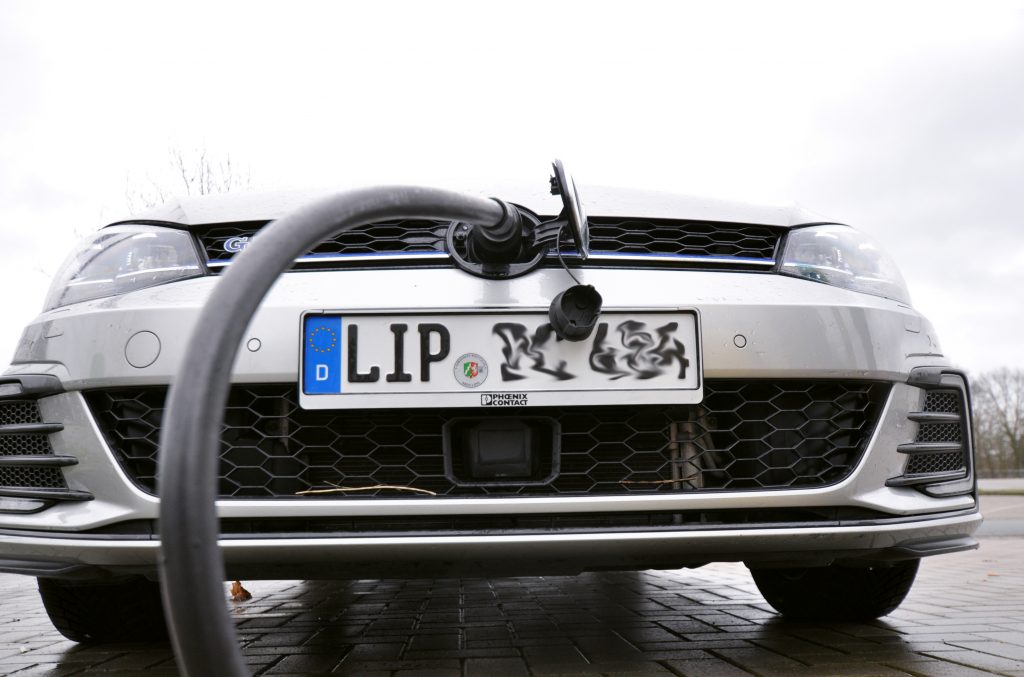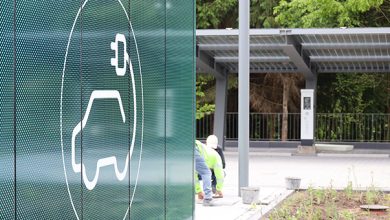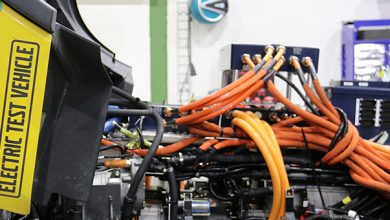Plug-in hybrids are vehicles that have both a combustion engine and an electric motor on board, equipped with tank and battery. One can either use conventional fuels or travel purely electrically with a short range. In sporty versions, both systems can be combined to provide propulsion.

In Germany, sales are booming because passenger cars are classified for tax purposes in a similar way to pure electric vehicles, the model boys of automotive locomotion. But aren’t vehicles that carry both a combustion engine and an e-drive system at a disadvantage from the outset?
Yes,
if one does not use the hybrid architecture of the vehicles. This is the conclusion of a study by the Fraunhofer Institute for Systems and Innovation Research ISI and the research organization International Council on Clean Transportation (ICCT). Data material from over 100,000 vehicles in Europe, North America and China shows that the plug-ins are often simply not electrically charged and driven. This behavior of their users is particularly noticeable in company cars, where the vehicle is only driven electrically for an average of 18 percent of its mileage. In the case of privately used cars, the figure is as high as 43 percent. This means that the real fuel consumption of hybrid vehicles can be two to four times higher than officially stated.

In no way,
the experts of the National Platform Future of Mobility (NPM) are certain. This body sees itself as a platform for setting the strategic course in the mobility sector and is a who’s who of German industry. Roland Bent, CTO of Phoenix Contact, heads one of the six NPM working groups. A current study shows how the as well as vehicles can become pioneers of electric mobility:
The right balance between tank nozzle and charging plug is important. It makes little sense if the hybrid, as described above, cannot exploit the strengths of its electric drive and is powered only by fossil fuel. However, if they are driven predominantly electrically in urban and short-distance traffic, plug-in hybrids can save up to 2.9 million metric tons of CO2 equivalents per year, assuming that there will be 3 million vehicles in 2030. And all this without the uncertainty of range and charging infrastructure – how long does the charge last, where is the next charging station?

The Plug-In-Hybrid is a significant step on the way to the mobility turnaround.
Roland Bent, CTO Phoenix Contact
Plug-in hybrids, electrically powered, can show their strengths especially in short-distance traffic, in the city and on the way to work. They even have strengths in combustion operation, as engineer Roland Bent emphasizes: “Or do you know of a vehicle that can recover energy when braking?
In addition to the advantages that already exist today, the study also shows possibilities for further optimization of hybrid technology, both in vehicle technology and charging infrastructure, and incentives for using the e-drive, especially in the company car sector.
Irrespective of these future developments, the plug-in hybrid is already the promising and future-proof entry into the mobility revolution, the team of experts around Roland Bent is certain.
Studie Empfehlungen zum optimierten Nutzungsgrad von Plug-In-Hybridfahrzeugen
Fraunhofer-Institut ISI
Nationale Plattform Zukunft der Mobilität



